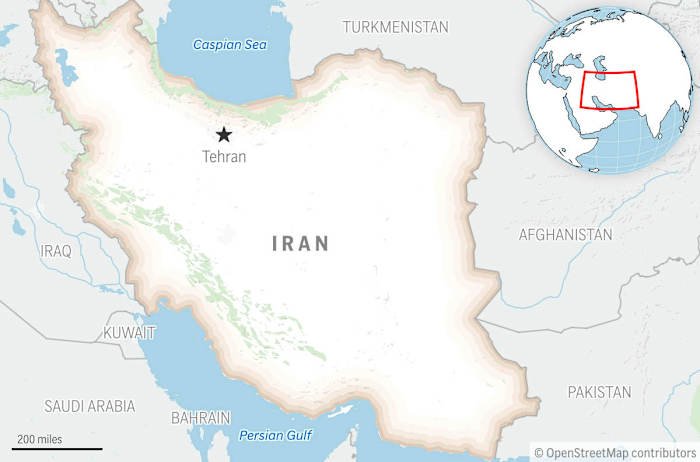Orlando, Florida is no stranger to heavy rainfall, especially during hurricane season. While the city is often praised for its sunny weather and world-famous attractions, locals know that summer storms can bring more than just an afternoon downpour. Flash floods, triggered by intense rain from hurricanes and tropical storms, pose a serious risk to the Orlando community. Understanding these dangers and how to prepare can make all the difference for residents, businesses, and visitors alike.
Why Flash Floods Are a Major Concern in Orlando
Unlike other parts of Florida, Orlando sits inland and lacks the immediate threat of storm surges from the ocean. However, this does not make the city immune to the secondary effects of hurricanes and tropical storms. When these powerful systems move inland, they often unleash torrential rain over Central Florida.
Orlando’s landscape—marked by flat terrain, lakes, and a growing urban footprint—means that water has fewer places to go. Storm drains and retention ponds can quickly become overwhelmed during severe weather, causing rapid flooding even far from the coastline. In recent years, neighborhoods like College Park and areas near downtown have experienced streets turning into rivers after just a few hours of intense rainfall. For families living in low-lying zones, flash flooding is a real and recurring concern.
The Weather Patterns Behind Orlando’s Flash Floods
Flash floods are not just random acts of nature; they are often the result of specific weather patterns that are all too common in Florida. During hurricane season (June 1 to November 30), the warm, moist air fuels storm systems that can dump several inches of rain in a very short time.
Hurricanes and tropical storms bring rain bands—long, narrow lines of thunderstorms—that repeatedly pass over the same area. This phenomenon, known as “training,” can lead to rainfall totals exceeding what the ground and drainage systems can handle. The National Weather Service often issues flash flood warnings when these conditions are expected, alerting Orlando residents to take immediate precautions.
Even after the worst of the wind has passed, the lingering moisture in the system can continue to bring heavy downpours, further increasing the risk of flooding. The combination of saturated soil and clogged drainage makes it difficult for water to recede quickly, prolonging the danger.
Orlando’s Infrastructure and Flood Preparedness
The City of Orlando and Orange County have invested in stormwater management systems, including upgraded storm drains, levees, and retention ponds. These improvements are designed to move water away from homes and businesses as efficiently as possible. However, the intensity of recent storms has tested the limits of these systems.
Many older neighborhoods in Orlando were built before current flood control standards were in place. As a result, areas with outdated drainage may be more vulnerable to flash flooding. Residents are encouraged to stay informed about flood-prone zones by checking local flood maps and following updates from the Office of Emergency Management.
On a personal level, Orlando homeowners can take steps like clearing gutters, using sandbags, and landscaping with water absorption in mind. The city also offers free sandbag distribution points ahead of major storms to help residents protect their properties.
How to Stay Safe During Flash Floods in Orlando
Preparation is key when it comes to flash floods. Here are some tips for Orlando residents:
- Monitor Weather Alerts: Sign up for Alert Orlando notifications and keep a weather radio handy for updates.
- Know Your Evacuation Route: Have a plan in place for where you’ll go if your home becomes unsafe due to flooding.
- Never Drive Through Flooded Streets: Just a few inches of moving water can sweep away a vehicle. Turn around, don’t drown.
- Prepare an Emergency Kit: Include bottled water, non-perishable food, medications, important documents, and flashlights.
- Document Your Property: Take photos of your belongings for insurance purposes before hurricane season starts.
Additionally, after a flood, be cautious of contaminated water, downed power lines, and hidden debris. Listen to city advisories before returning to affected areas.
The Importance of Community Awareness and Action
Community response plays a vital role in minimizing the impact of flash floods. Orlando’s diverse population includes many newcomers who may not be familiar with Florida’s weather hazards. Local organizations, schools, and neighborhood associations often host hurricane preparedness events in late spring and early summer, providing valuable resources and information.
It’s also important to check in on neighbors, especially seniors and those with limited mobility, to ensure everyone is prepared and safe when severe weather strikes. By staying informed and working together, Orlando can continue to build resilience against flash flooding and other storm-related challenges.
Conclusion: Share Your Orlando Flood Experiences
Flash floods are a serious threat to Orlando, particularly during hurricane season. While the city and county are working to improve infrastructure and preparedness, every resident has a role to play in staying safe. By understanding the risks and taking proactive
















